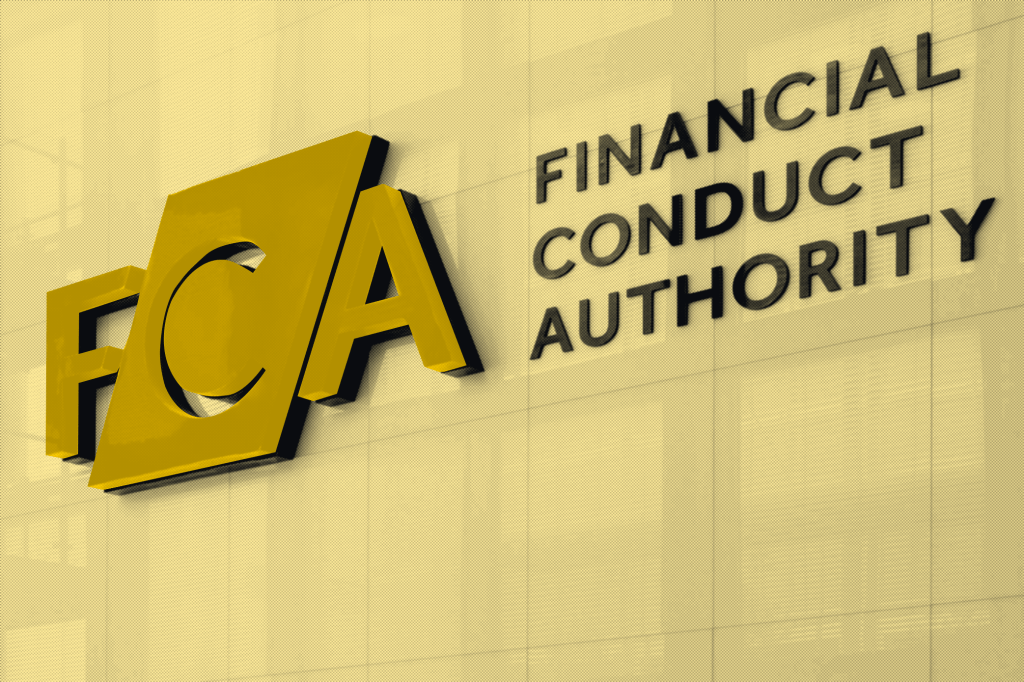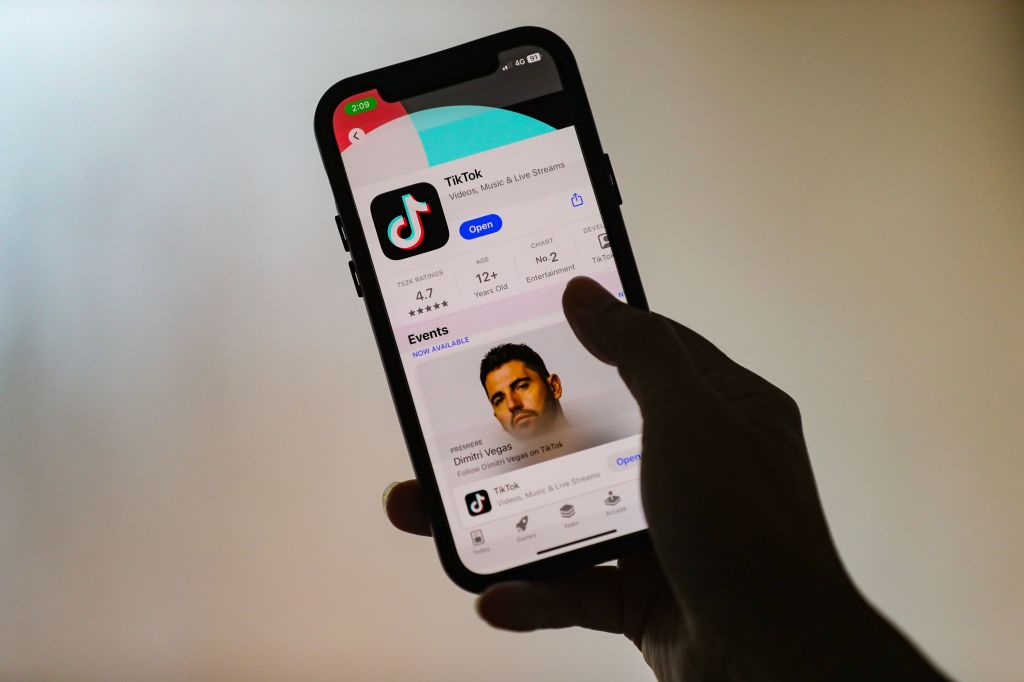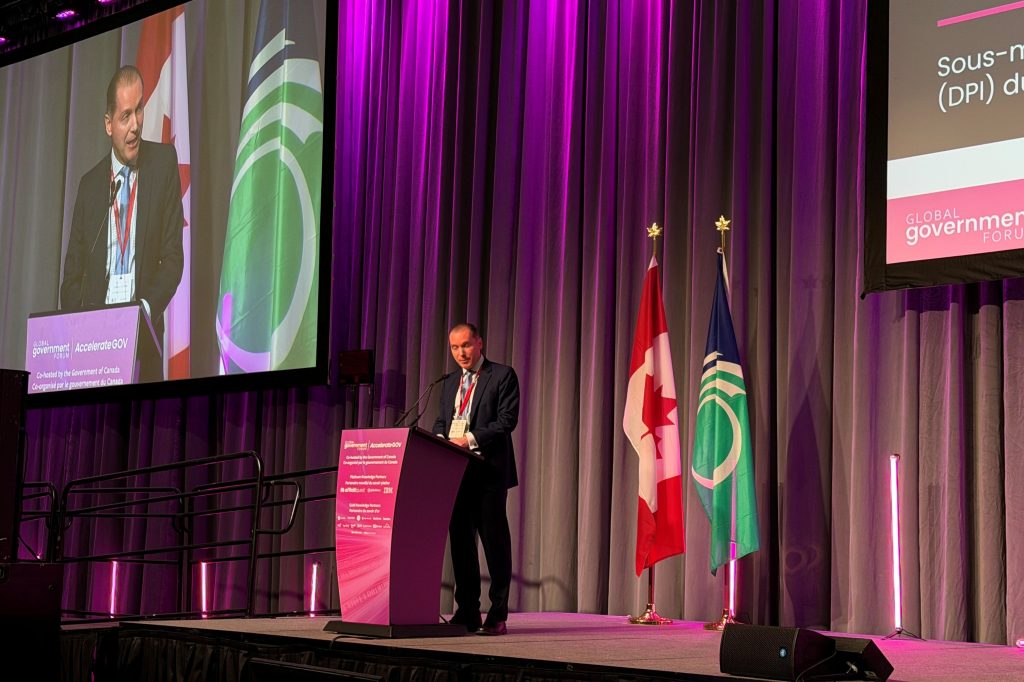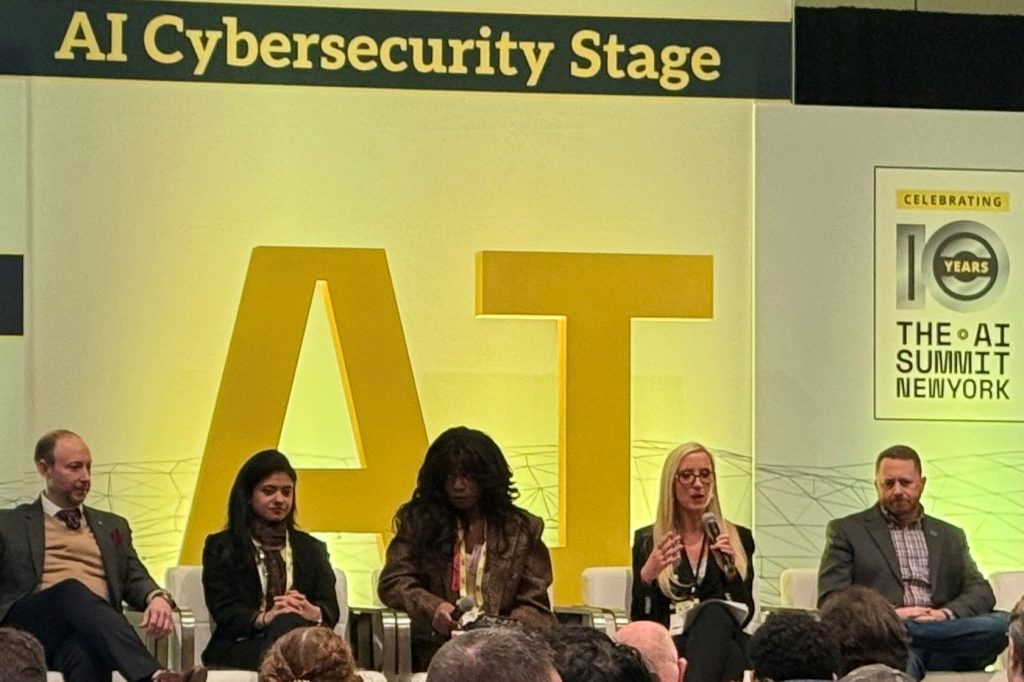Internal Audit´s stakeholder landscape was never broader, and complexity is increasing by the day. At the same time, professional expectations are shifting. Auditors must think relational, provide assurance, be sparring partners and advisors – all while staying objective and independent. Adding the role’s perception that doesn’t always fit with our
Register for free to keep reading
To continue reading this article and unlock full access to GRIP, register now. You’ll enjoy free access to all content until our subscription service launches in early 2026.
- Unlimited access to industry insights
- Stay on top of key rules and regulatory changes with our Rules Navigator
- Ad-free experience with no distractions
- Regular podcasts from trusted external experts
- Fresh compliance and regulatory content every day

















